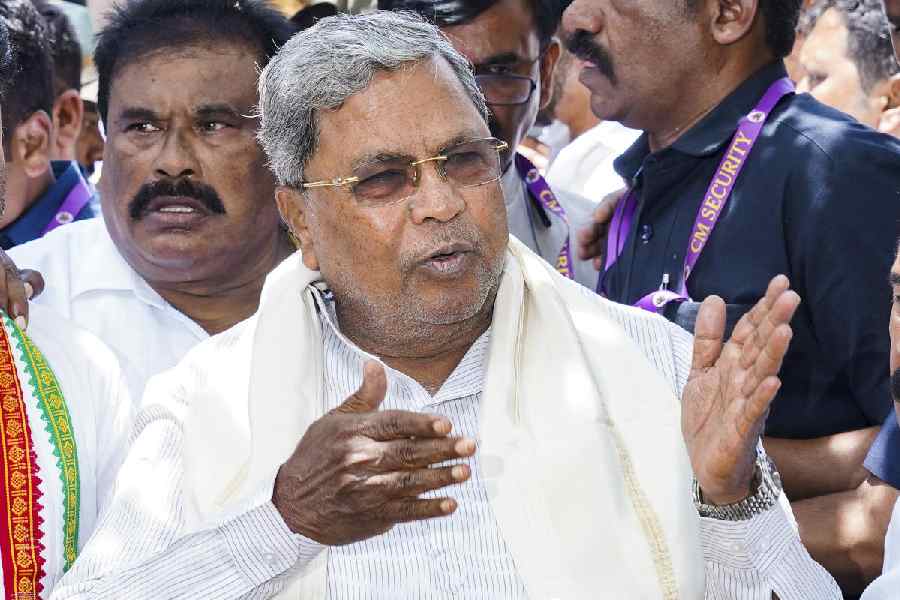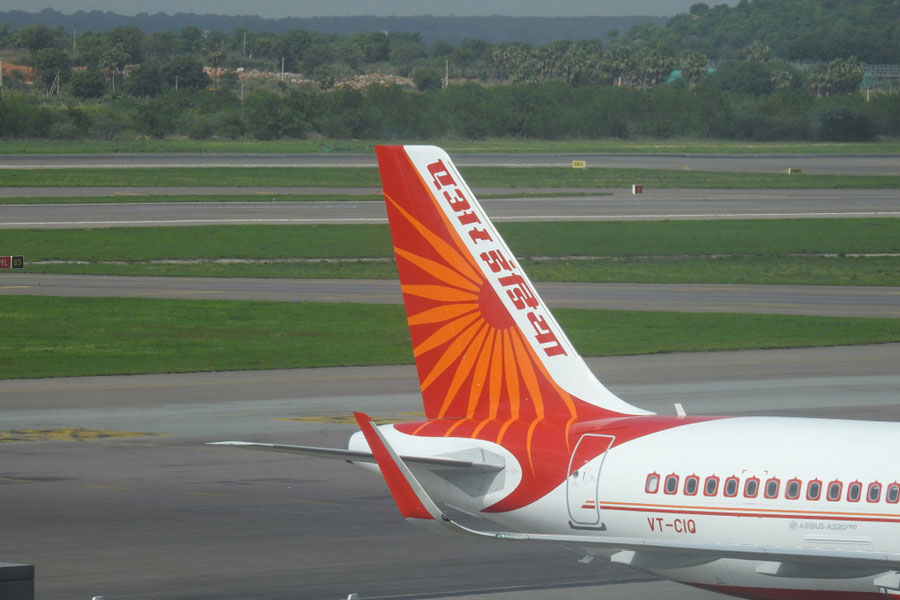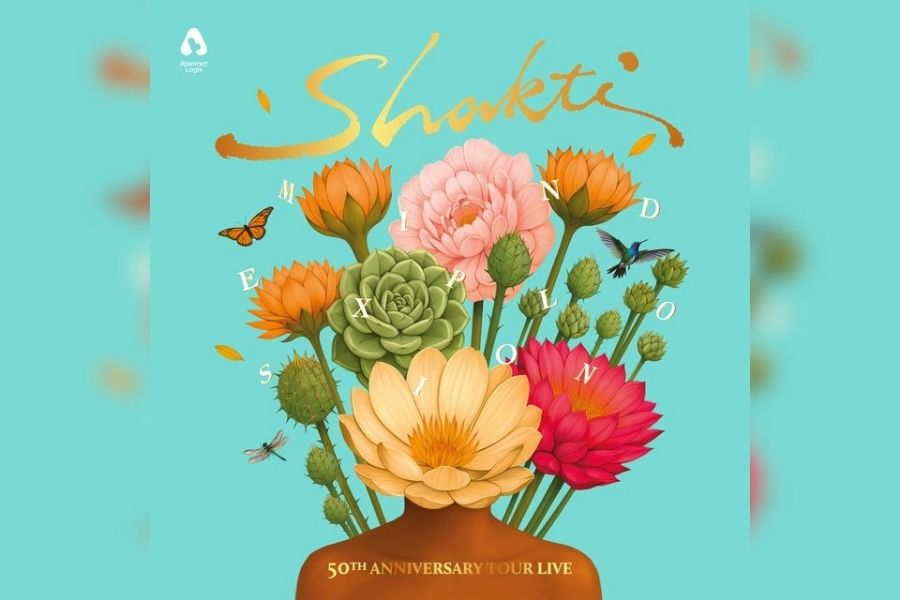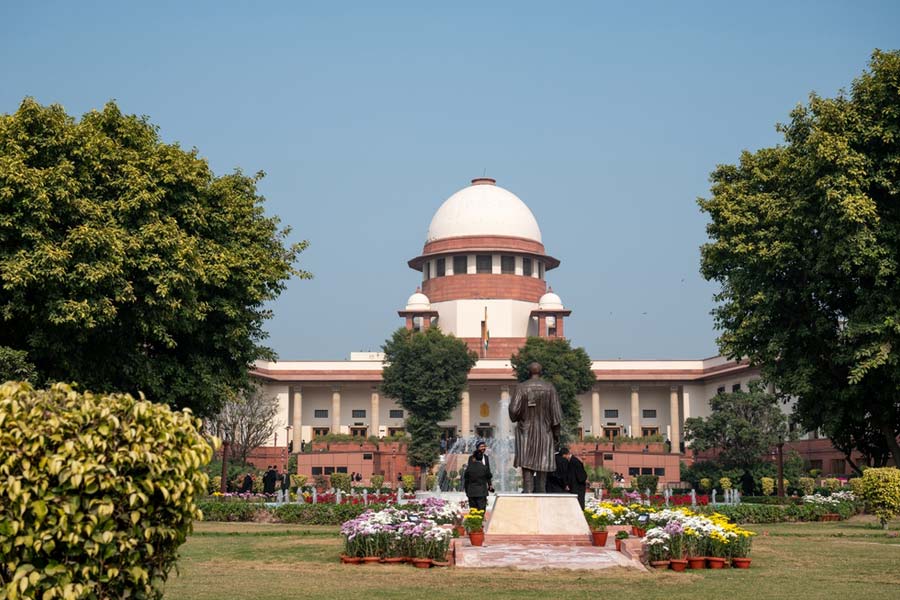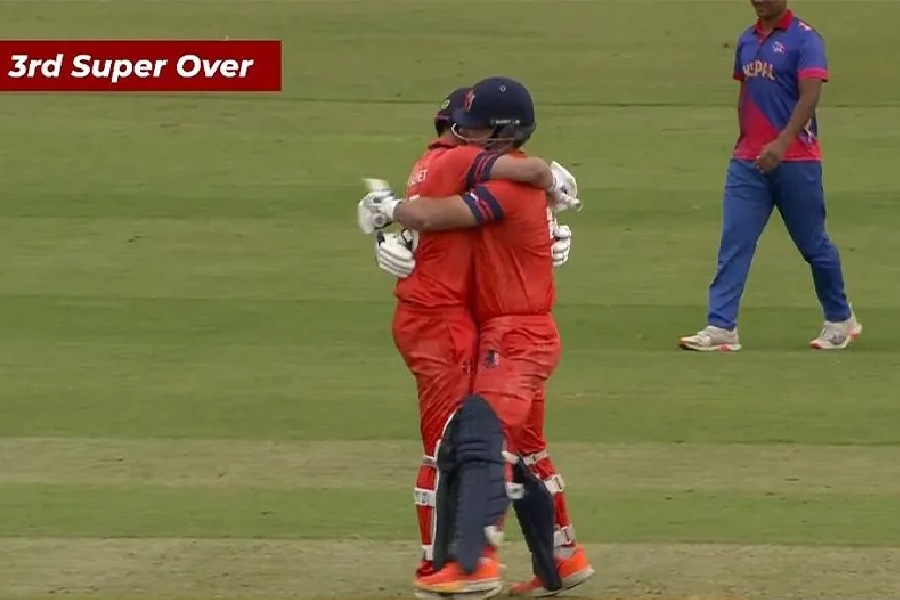Bhubaneswar, July 22: A team of state government officials is slated to meet the language committee of the Sahitya Akademi in New Delhi tomorrow for a discussion over granting classical language status to Odia.
The state culture department has deputed Odia Bhasa Pratisthan director Prasanna Kumar Mohanty and Odisha Sahitya Akademi secretary Bijaya Kumar Nayak to meet the central team.
“Our officials will interact with the Akademi members for the first time. If there is a requirement of any material or documents on the issue, it would be submitted in the subsequent meetings when experts will accompany the officials,” culture secretary Santosh Kumar Sarangi told The Telegraph.
However, the Sahitya Akademi has invited Debi Prasanna Pattanayak, founder director of the Central Institute of Indian Languages in Mysore, as a special invitee. Pattanayak’s presence in the meeting is very likely to help Odisha’s case as he is a distinguished scholar in linguistics and was also instrumental in Kannada attaining the classical tag.
Pattanayak is hopeful that the first session might suffice for the state officials to back their claims for conferring the classical language status to Odia, though normally more than one interactive session is required. The expert, who was also the lead author of the report submitted by Odisha government demanding the tag, claimed that the 500-odd-page document has extensively recorded the claims with sufficient evidence.
The eligibility criteria include high antiquity value of the language’s early texts (recorded history over a period of 1,500 to 2,000 years), a body of ancient literature or texts which is considered a valuable heritage by generations of speakers and an original literary tradition not borrowed from another “speech community”.
The report prepared by the culture department has chronicled all minute details of the pre-historic traditions, historical incidents after 600BC, culture and maritime tradition, Odia script, and the origin and development of the literature. Historically, Odia literature is linked to all such features with its strong socio-religious role and evolution as a language used by a community expert in maritime trade sometime around the 3rd century BC.
Days before the language committee fixed a meeting with the state government representatives, chief minister Naveen Patnaik wrote to Prime Minister Manmohan
Singh requesting “expeditious steps for declaring Odia as a classical language”.
In a letter dated July 19, Naveen said: “Odisha has a rich cultural heritage and glorious maritime history. As a language, Odia is quite old and the earliest reference is found in Natya Sashtra of Bharat Muni of 4th century BC. Traces of Odia language are also found in stone inscriptions of Ashoka (3rd century BC) and Kharavela (1st century AD). Besides, Odia has an unbroken literary tradition and has original texts of high antiquity.”
Earlier, Patnaik had also written to Union culture minister Chandresh Kumari Katoch to consider granting the status to Odia.
In a related development, the minister of state in the Prime Minister’s Office, V. Narayanaswamy, released a book this evening in New Delhi that relates to classical status of Odia language. The book is primarily based on a report on the classical status for Odia, submitted by Rajya Sabha member Ramachandra Khuntia, to the Union culture ministry last year.
Khuntia was the first person to raise the classical status issue for Odia in Parliament. The second report on Odia language was necessitated as the culture ministry sought a response from the Odisha government to the report submitted by the Rajya Sabha member.
All Odisha MPs in Delhi cutting across party affiliations are also trying to influence the Centre so that Odia gets recognition as a classical language. If the culture ministry accepts the state government’s report, Odia will become the first language from the Indo-Aryan linguistic group to accomplish the feat.
Sanskrit and four Dravidian languages — Tamil, Kannada, Telugu and Malayalam — already feature in the elite list. While Tamil was the first language to be adorned with the classical language crown, Malayalam received the honour earlier this year.


